Moose, the majestic giants of the deer family, capture the imagination with their enormous antlers and towering presence. Known for roaming the vast landscapes of the Northern Hemisphere, moose sightings are a common yet awe-inspiring experience for wildlife enthusiasts. This article delves into a thrilling account of the largest moose ever recorded in the Northern U.S., exploring its fascinating journey, characteristics, and the significance of moose in the ecosystem.
The Moose: A Majestic Giant

Moose (Alces alces) are the largest members of the deer family, primarily found in the northern regions of North America, Europe, and Asia. Known for their impressive size and distinctive antlers, these animals often weigh between 1,200 and 1,600 pounds, with males generally larger than females. Their towering height at the shoulder averages around 5 to 6.5 feet, making them an imposing presence in their forested habitats.
Spotting the Giant: A Remarkable Encounter

The largest moose ever spotted in the Northern U.S. was discovered in a remote woodland area in Maine. This majestic creature stood as a testament to nature’s grandeur, boasting an exceptional size that exceeded common measurements for the species. Wildlife enthusiasts and researchers alike were fascinated by this extraordinary animal, drawing attention for its height, antler span, and overall mass.
Breaking Records: The Astonishing Measurements

This colossal moose had a shoulder height that measured over 7 feet, surpassing the average moose and dwarfing anything previously documented in the region. Its antlers, one of its most striking features, spread over 6 feet across, a phenomenal display of symmetry and strength. Such extraordinary dimensions secured its place as a record-breaking wonder among moose.
The Importance of Antlers
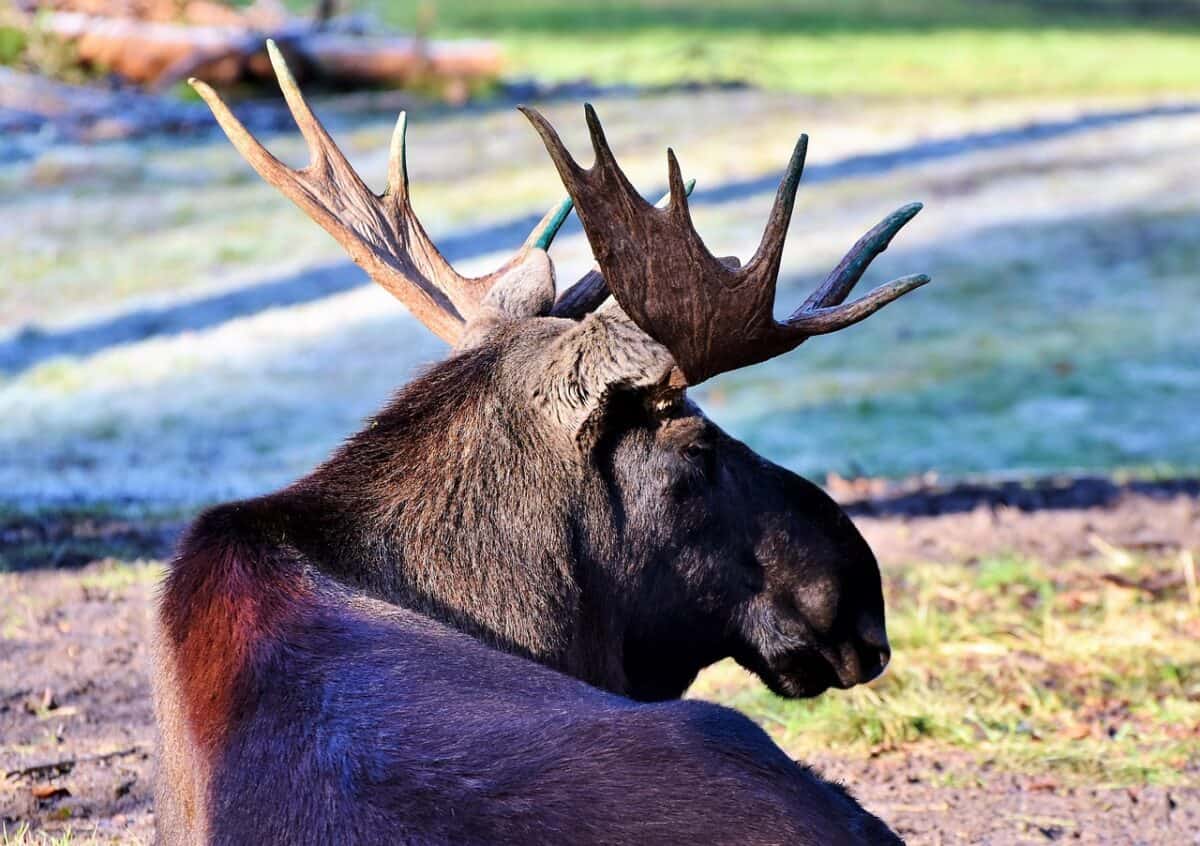
Among the most remarkable features of a moose are its antlers, which serve as a symbol of power and vitality. Antlers are used primarily during mating season, where they become tools of attraction and dominance. For the largest moose spotted in the Northern U.S., its antlers were not just a record-breaking spectacle but an emblem of its genetic superiority and evolutionary success.
Habitat and Range of Moose
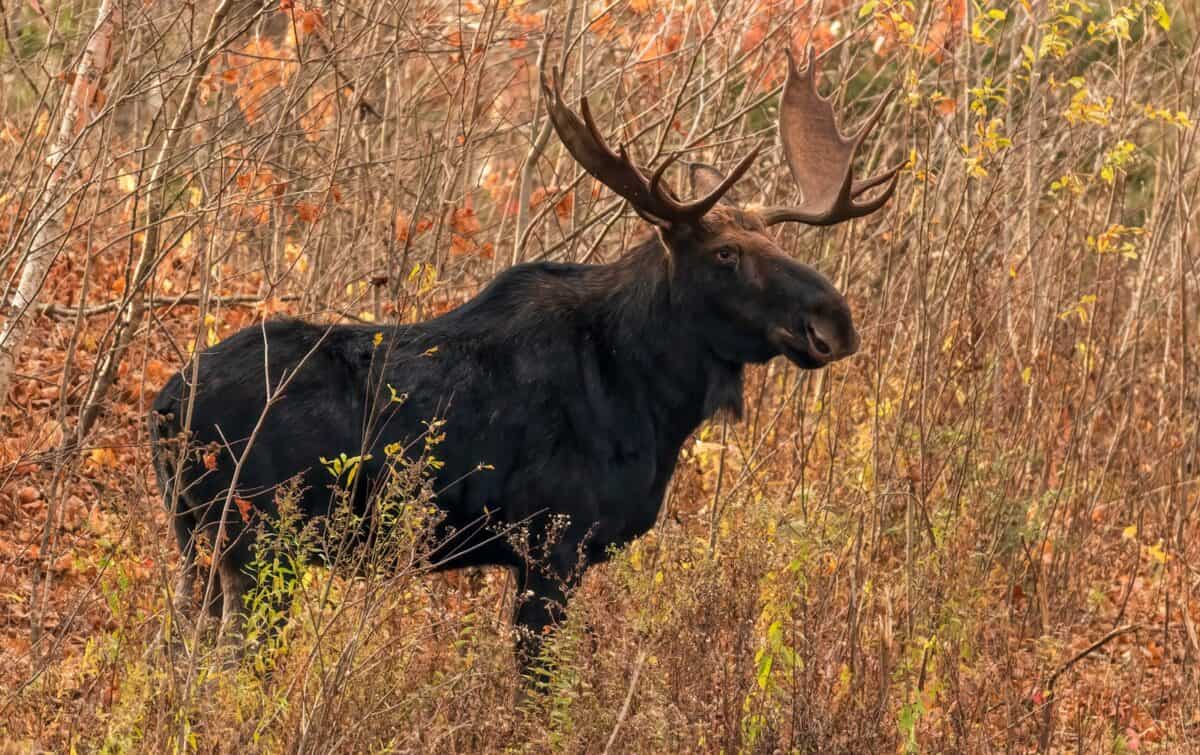
Moose thrive in boreal and mixed deciduous forests where cold climates prevail. Their habitat provides the necessary browse such as leaves, twigs, and bark of trees like willow and birch. The varied ecosystems of the Northern U.S., from Maine’s dense forests to Minnesota’s wetlands, offer ideal living conditions for moose populations, supporting their dietary and environmental needs.
The Significance of Moose in the Ecosystem
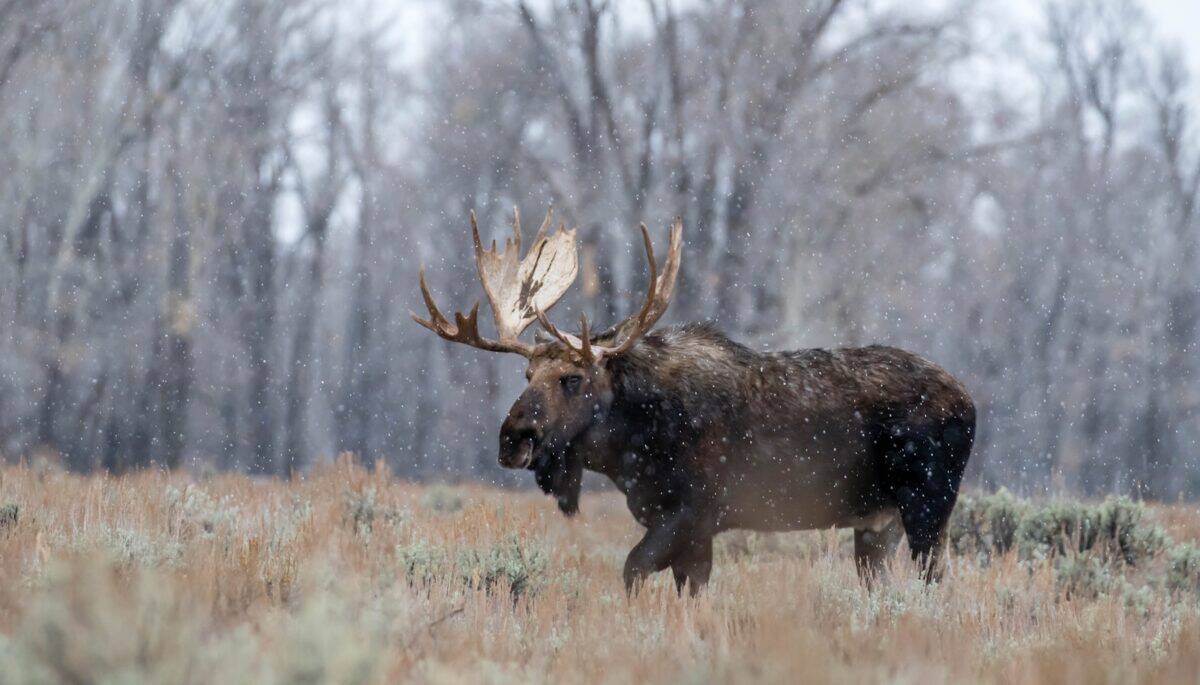
Moose play a crucial role in their ecosystems by influencing vegetation patterns and providing prey for large predators like wolves and bears. Their browsing habits shape plant community dynamics, aiding in maintaining a balanced and healthy forest structure. The presence of a giant moose, therefore, indicates a thriving environment capable of supporting such impressive wildlife.
Behavioral Traits of Moose

Moose are generally solitary creatures, known for their calm demeanor and cautious nature. Despite their size, they are agile swimmers and can travel at speeds up to 35 mph on land. The largest moose ever spotted was no exception; it showcased the agility and defensive traits typical of its species, traits vital for survival in the wild.
The Health and Longevity of a Moose
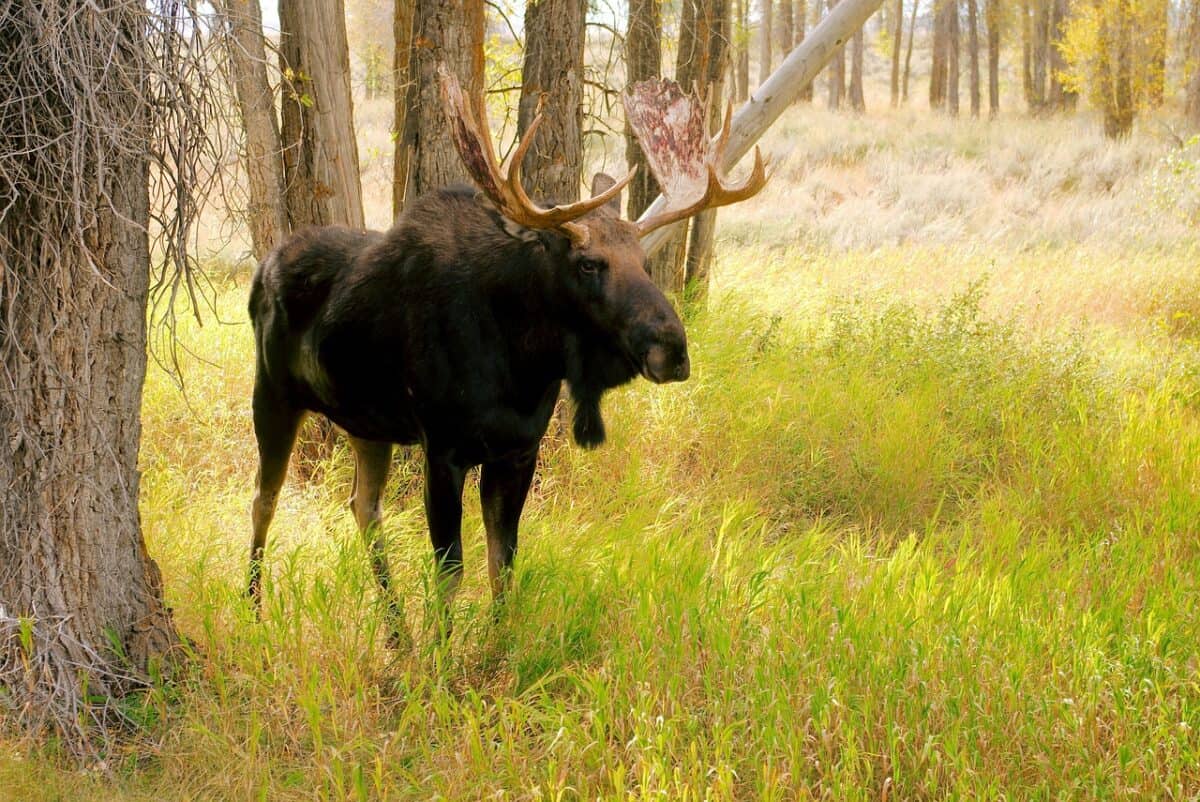
The health of a moose is heavily influenced by its diet, habitat quality, and lack of human-induced stressors. The remarkable longevity and size of the largest moose observed indicate optimal living conditions and genetic advantages allowing it to live a fruitful and potentially long life in the wild.
The Role of Conservation Efforts
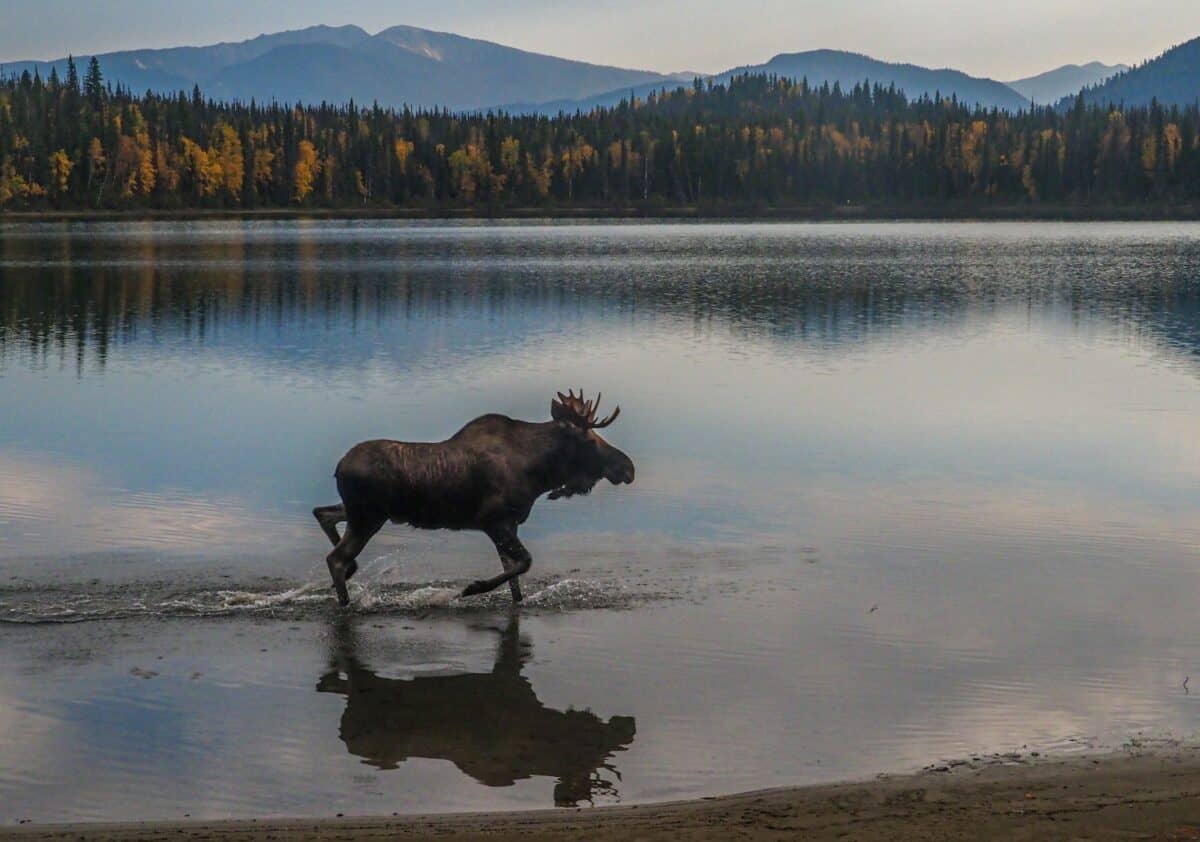
Conservation initiatives play a significant role in preserving moose populations in the Northern U.S. Efforts to maintain habitat quality, mitigate climate change impacts, and manage wildlife corridors are pivotal in ensuring that majestic creatures like the largest moose can continue to captivate future generations.
Public Fascination and Educational Opportunities

The discovery and documentation of the largest moose have sparked public curiosity and provided unique educational opportunities. Nature reserves and wildlife organizations have leveraged this interest to promote awareness about moose ecology, encouraging conservation contributions and fostering a deeper appreciation for wildlife.
Human-Moose Interactions

Moose sightings can be a thrilling experience, but they come with the responsibility to respect wildlife boundaries. Educating the public on safe viewing distances and responsible behavior plays a crucial role in minimizing human-wildlife conflicts and ensuring the safety of both moose and humans.
Conclusion: A Symbol of Nature’s Majesty

The largest moose ever spotted in the Northern U.S. stands as a powerful symbol of the beauty and majesty of wildlife in their natural habitats. It serves as a reminder of the importance of conservation and the awe-inspiring wonders that nature has to offer. By appreciating and protecting these magnificent creatures, we ensure that they continue to roam, inspiring awe and respect for generations to come.
- Strange But True Animals Living in Southern Cities - August 16, 2025
- America’s Fastest Birds of Prey and Their Astonishing Speeds - August 16, 2025
- Why Polar Bears Cover Their Black Noses While Hunting - August 15, 2025
